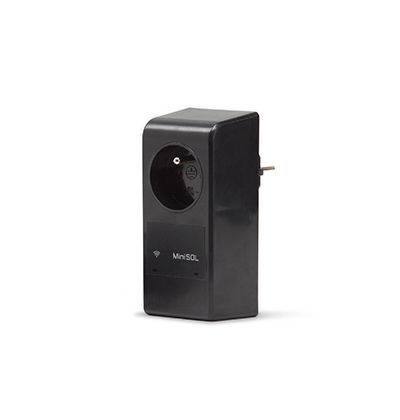
- Plug&Play technology
- Operation from the mobile app
- Installation in an electrical socket
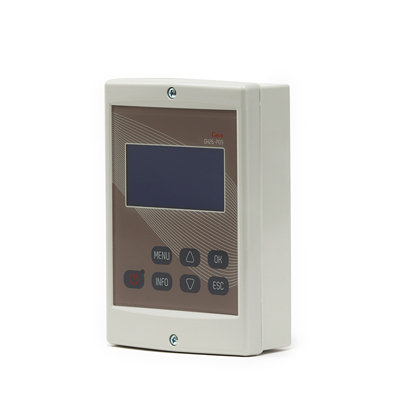
- Enhanced functions
- Remote monitoring option
- Wall mounting
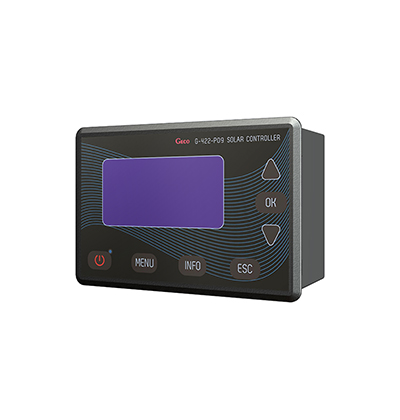
- Enhanced functions
- Remote monitoring option
- Mounting in the ZPS pump station
Protection of the solar thermal installation
Possibility of remote operation and monitoring
Operation with any pump unit
Low electricity consumption
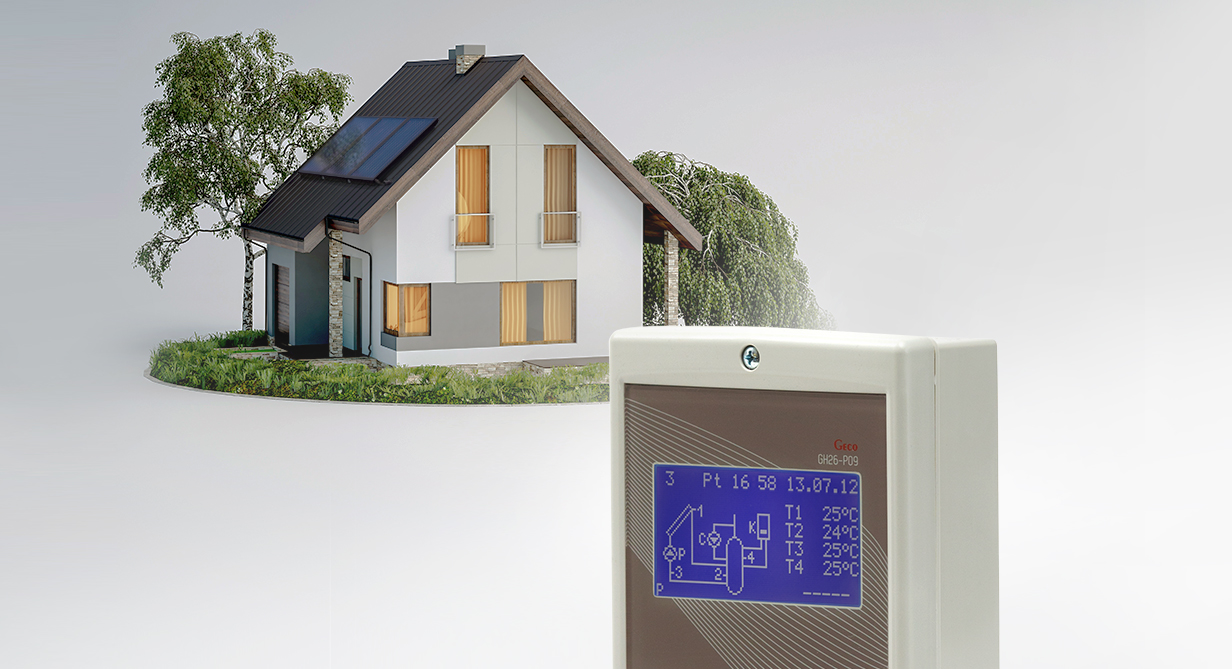
Solar controllers – the most important thing: highest possible heat yields
The control of the solar thermal system is primarily aimed at getting as much heat through the system as possible. It requires the system to adapt its operation to changing weather conditions and water temperatures. Therefore, the primary function that virtually all solar controllers perform is to measure and compare two temperatures. The first is the temperature at the outlet of the solar thermal collectors and the second is usually the temperature of the domestic water in the heater.
The principle of the solar panel controller is the same. If the temperature of the glycol in the solar thermal collectors is a few degrees higher than that of the water in the heater, the solar circuit pump will be activated. In this way, heat is transferred as much as possible. If the temperature of the solar thermal collectors drops, e.g., due to cloud cover, the circulation pump is switched off.
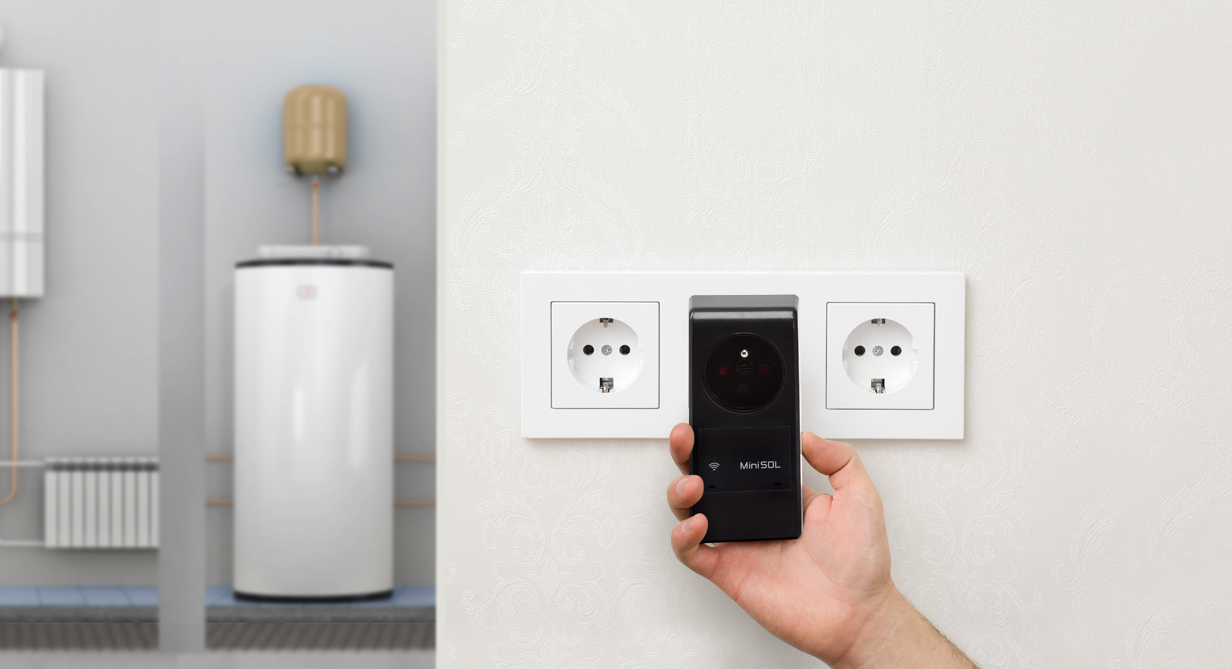
Safety and security of the solar thermal installation
The controller for solar thermal collectors also performs the very important function of the primary degree of protection against overheating. In this way, the internal components of the solar thermal system are protected from damage. Solar controllers from recognised manufacturers should have a very useful holiday function. Its operation strongly influences the safety and lifetime of the solar thermal installation.
When the occupants of the house are away for an extended period of time, the holiday function replaces them by starting the cooling of the water stored in the hot water storage tank at night. Heat extraction takes place through the operation of the glycol cycle pump and heat transfer to the environment takes place in the solar thermal collectors. This allows the solar thermal system to work and heat the water again on the next sunny day. At the same time, the possibility of downtime and overheating of the collectors is reduced.
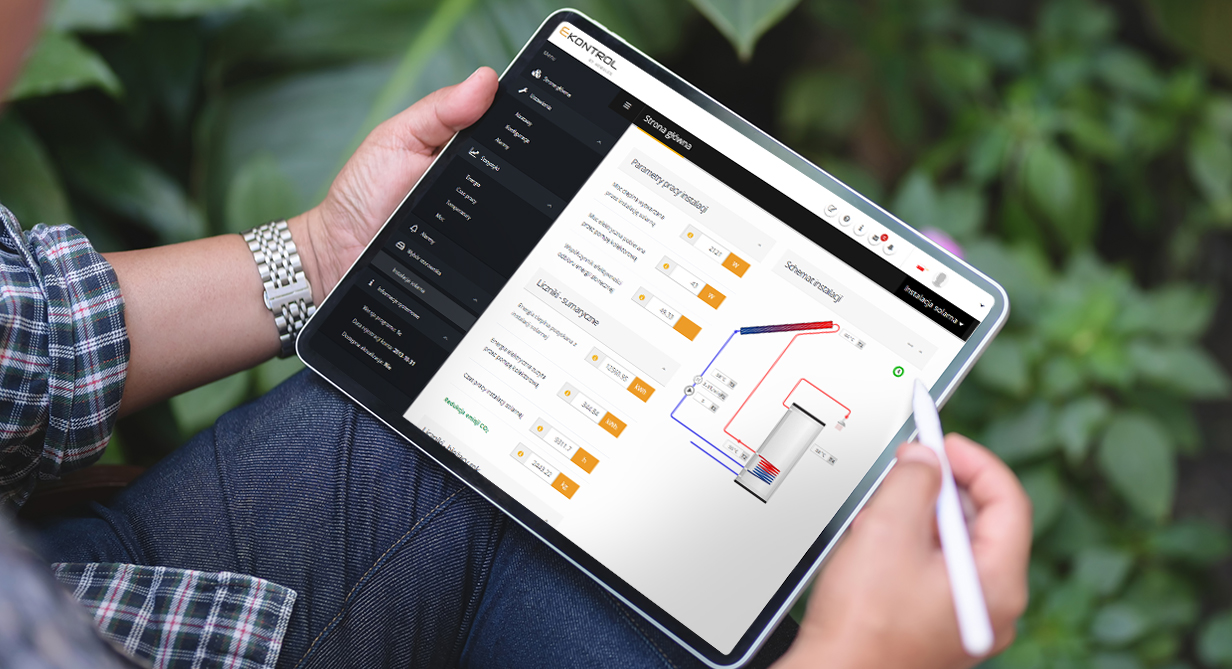
Cooperation with solar thermal installation accessories
The modern controller for the solar thermal system allows for cooperation with additional devices or accessories. This could be, for example, in conjunction with a heating boiler, which will automatically be activated when the water temperature is too low when there has been little sunshine during the day.
Another example would be a pressure switch to detect insufficient glycol pressure in a solar thermal system. Finally, an example of an extension of the solar controller’s functions can be a collaboration with the EKONTROL system. This will allow online, remote monitoring of the solar thermal installation. This will not only enable remote operation and modification of the controller settings, but also the early receipt of signals of possible alarms or failures.


